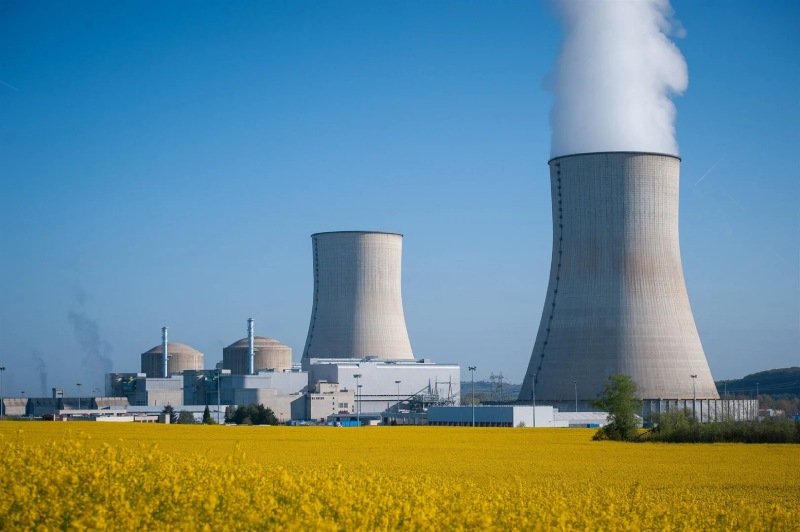India has set its sights on deploying 40 to 50 small modular nuclear reactors (SMRs), primarily to replace existing captive thermal power plants, as part of its broader strategy to achieve net-zero carbon emissions by 2070. This ambitious plan, aimed at significantly reducing the country’s carbon footprint, is being driven by a desire to modernize and standardize nuclear technology in a way that aligns with global safety norms.
A key figure in this initiative, Amit Sharma, Managing Director and CEO of Tata Consulting Engineers, recently detailed how the 220-MWe Pressurised Heavy Water Reactor (PHWR) is undergoing a transformation. The traditional design, which dates back several decades, is being overhauled using advanced 3D design platforms. This modernization effort is expected to lead to a high level of standardization, making these reactors easier to deploy, particularly in older thermal power plants that serve industries such as steel, aluminum, copper, and cement.
The collaboration between the Department of Atomic Energy and Tata Consulting Engineers is focused on developing the Bharat Small Modular Reactor (Bharat SMR). Sharma emphasized that the redesign of the PHWR aims to make it modular, scalable, and in line with post-Fukushima safety standards. The plan is ambitious: to build 40 to 50 SMRs within a timeframe of seven to eight years. However, achieving this goal will require a rigorous focus on standardization, safety, and modularity.
In her recent Union budget presentation, Finance Minister Nirmala Sitharaman highlighted the government’s commitment to nuclear energy as part of India’s energy transition strategy. She announced plans to partner with the private sector not only to establish Bharat SMRs but also to invest in research and development of new nuclear technologies.
Sharma noted that the redesign of the PHWR using 3D design technology represents a significant leap forward, as such tools were not available when these reactors were originally conceived 40 years ago. The Nuclear Power Corporation of India Limited (NPCIL) has already established 16 220-MWe PHWRs, two 540-MWe PHWRs, and two 700-MWe PHWRs. Additionally, 14 more 700-MWe PHWRs are currently under construction and are expected to be operational between 2031 and 2032.
With a long-standing relationship to the Department of Atomic Energy, Tata Consulting Engineers presently commands an 85% market share in nuclear engineering services. The firm is also involved in various power projects across the country.
The mention of SMRs in the finance minister’s budget speech underscores the government’s strong commitment to a sustainable energy transition. According to Sharma, nuclear energy represents the most viable long-term solution for achieving net-zero emissions, a sentiment that is increasingly being recognized on a global scale.
Unlike conventional nuclear reactors, which are constructed on-site, SMRs can be built in factories, offering a significant advantage in terms of cost and efficiency. These reactors, with a capacity of up to 300 MWe per unit, are designed to be mobile and flexible, allowing them to be installed in locations that are unsuitable for larger nuclear plants.
As the world grapples with the challenges of climate change, SMRs are poised to play a crucial role in the global energy transition, offering a sustainable and scalable solution to meet the growing demand for clean energy. India’s focus on SMRs reflects its commitment to embracing innovative technologies that can drive the country toward a more sustainable future.
Topics #CEO #news #Nuclear #nuclear reactors #Tata #Tata Consulting Engineers










